The “Sittable” Forest
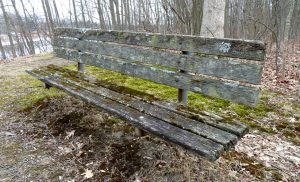
Now that the snow’s gone and we’ve been teased with 50-degree weather, do you find yourself hungering for something green? Something lush? Something… alive? We’ll have spring buds-a-bursting any day now, but… why wait? Find the green now! Visit Oakwoods Metropark, saunter down our Longbark Trail and enjoy what I like to call our “Sittable Forest.”
This sittable forest isn’t your typical woodlot. In fact, you can visit this forest in the dead of winter, and as long as you don’t mind scraping away a bit of snow, you can find bright green growth year-round. But the trees aren’t tall, ’cause they’re not trees at all. They’re the forgotten forest. They’re weird. They’re small. They’re practically everywhere and yet they’re strangely invisible. They’re lichen.
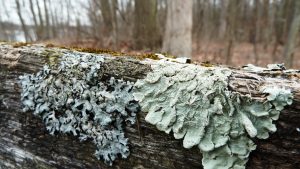 Ask someone, “Seen any good lichen today?” and be prepared for the mother of all stares. It’s not that we haven’t heard of them. We all sat through a biology class as kids and learned about the symbiotic relationship between fungi and algae that creates lichen. But how many of us learned how lichen literally turn air into life, getting practically every nutrient they need to survive from the sky? Or that, because of this, how the reindeer lichen the world over became radioactive after the nuclear testing during the 40’s and 50’s? Or that many lichen develop organs for sexual reproduction, but nobody, not in a lab and not out in nature, has actually witnesses lichen sexual reproduction?
Ask someone, “Seen any good lichen today?” and be prepared for the mother of all stares. It’s not that we haven’t heard of them. We all sat through a biology class as kids and learned about the symbiotic relationship between fungi and algae that creates lichen. But how many of us learned how lichen literally turn air into life, getting practically every nutrient they need to survive from the sky? Or that, because of this, how the reindeer lichen the world over became radioactive after the nuclear testing during the 40’s and 50’s? Or that many lichen develop organs for sexual reproduction, but nobody, not in a lab and not out in nature, has actually witnesses lichen sexual reproduction?
And as for that fungi/algae symbiosis, it’s actually a little more complicated — the fungi seems to get the better end of the bargain, and sometimes you don’t even need algae if you’ve got cyanobacteria. Some lichenologists think lichen are actually more like complex, miniature ecosystems rather than simple, symbiotic organisms, with research from 2019 demonstrating that many contain two or even three kinds of fungi in their ménage a trois. And that’s just scratching the surface of what it is to be a lichen.
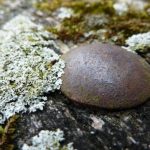
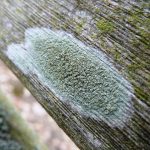
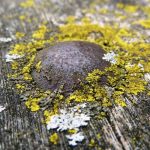
As for me, I just love the sheer variety of colors, shapes, and textures. Few of us notice them, yet they blanket rocks, cling to bark, even sprawl across naked soil. They live where nothing else can. They’re green and growing when nothing else is. And they’re all around us, even in our man-made world, on buildings, tombstones, and old park benches. So when the whole world seems dark, gray and muddy and you just need one little dose of green to get you through to the spring, look to the lichen. They’re out there!
Written by Justin Smith, Community Outreach Interpreter (Southern District)
